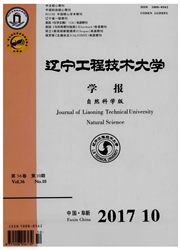

 中文摘要:
中文摘要:
为探索气候变化对东北落叶松属植物的影响,采用logistic回归模型方法与地理信息系统,预测东北落叶松属植物目前以及未来潜在分布范围。结果表明:兴安落叶松在2050年将向北退200km,在2100年进一步向北退缩300km;长白落叶松在2050年向西北推进约200km,2100年继续推进约200km;华北落叶松在2050年向东北方向推进280km;2100年继续推进470km左右。气候变化极大地改变了三种落叶松的适宜分布区。在未来气候条件下,长白落叶松和华北落叶松将可能替代目前占主导地位的兴安落叶松。
 英文摘要:
英文摘要:
In order to explore the impact of climate change on the larch species of nrothestern China, this paper predicted the potential distribution of three Larch species current and future by logistic regression model and GIS. Result show that dahurian larch will retreat northwestward 200 kilometers, and retreat northwestward more than 300 km in 2100yr. Korean larch will expand northwestward 200 km in 2050yr; and more 200km in 2100yr. Prince Rupprecht larch will expand northeastward about 280 kilometers in 2050yr, and more 470 km in 2100yr. The change of climate would have great influence on the distribution of larch species. In future, Korean larch and Prince Rupprecht larch would replace the dominant position of Dahurian larch.
 同期刊论文项目
同期刊论文项目
 同项目期刊论文
同项目期刊论文
 期刊信息
期刊信息
